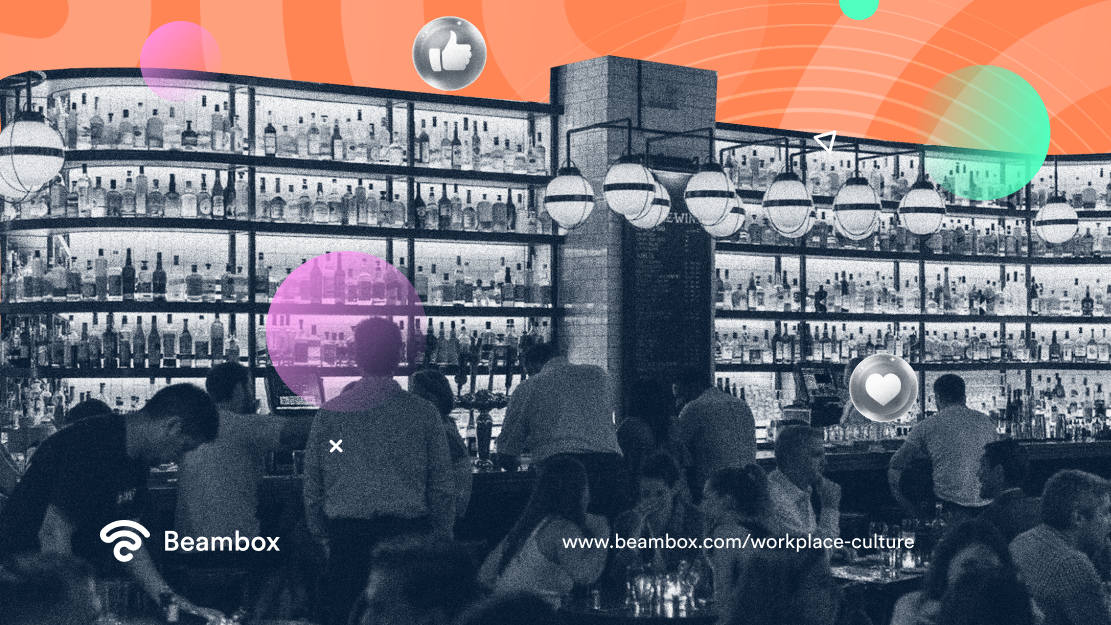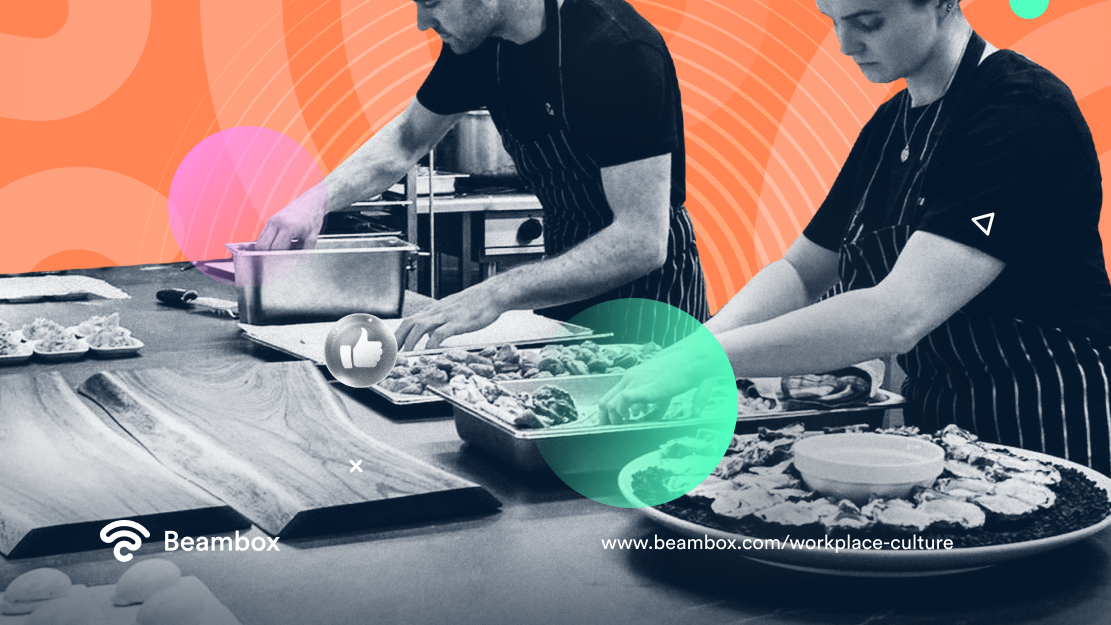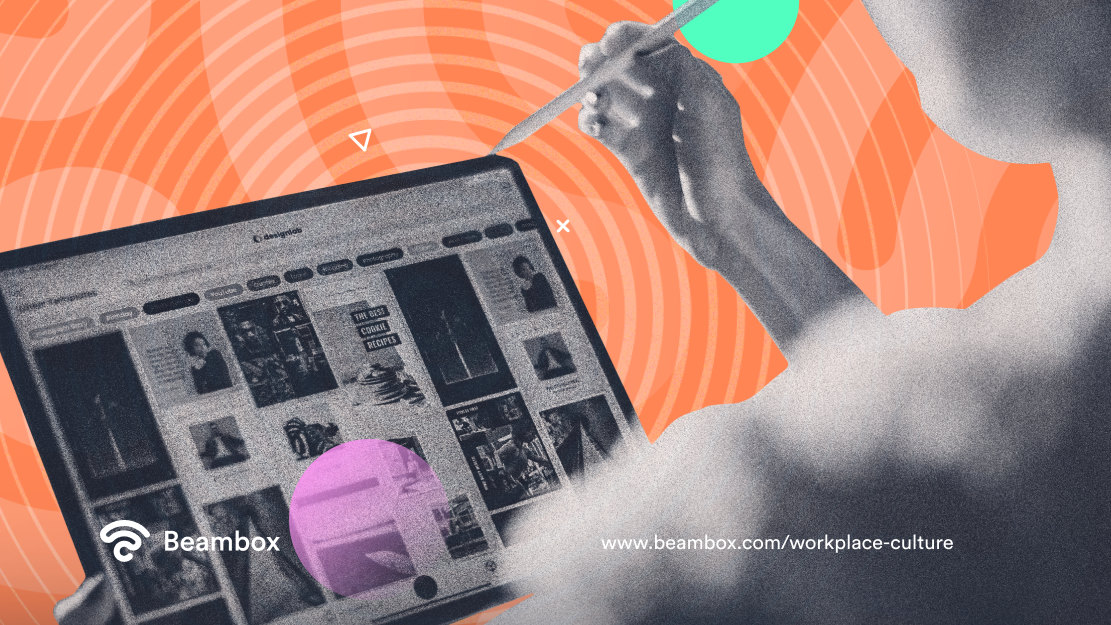So much has changed in the workplace in the past two years due to the pandemic. Meanwhile, businesses, including restaurants, found that they can thrive as long as they adopt the right workplace culture.
So, what workplace culture is a right fit for restaurants today?

Nature of Workplace Culture
Workplace culture in restaurants can vary widely depending on the specific type, size, and branding of a restaurant. Even the management style of the owners and managers of the business plays a part in the type of company culture that may develop. However, it can be noted that some common characteristics can be found in the workplace culture of many restaurants.
Restaurants are some of the most fast-paced and high-stress working environments. A constant stream of customers and a need to deliver high-quality food and service in a timely manner make for a busy and hectic atmosphere. Harnessed well, this leads to a culture of hard work and dedication, as employees strive to meet the demands of the job. Mishandled, it can lead to toxic working relations marred by tension and burnout culture in workplaces.
Another important aspect of workplace culture is teamwork and collaboration. In most restaurants, employees need to work closely together to ensure that everything runs smoothly and efficiently. When employees work well together, this nurtures camaraderie and teamwork, as employees support and rely on one another to get the job done.
Other common elements of workplace culture include a focus on customer service, a willingness to adapt to change, and a commitment to food safety and cleanliness. These elements may be shaped by the expressed mission statement and core values of the organization. The expectations and behaviors of leaders and employees in relation to the restaurant’s goals and mission make for the organization’s corporate culture.
Key Elements of a Positive Workplace Culture in Restaurants
What is workplace culture in a restaurant but the values, beliefs, behaviors, and norms that shape the work environment in a restaurant? It also includes things like management style, communication patterns, and overall atmosphere in the restaurant workplace.
In a positive workplace culture, employees may feel valued, supported, and motivated to do their best work. They may also feel a sense of belonging and connection to their coworkers and the restaurant as a whole. On the other hand, a negative culture in workplace can lead to high employee turnover, low morale, and poor customer service.
Some key elements that can create a positive workplace culture in restaurants include:
- Clear communication: This includes regular communication from management about expectations and goals, as well as open and honest communication between coworkers.
- Respect: Employees should feel respected by management and their coworkers, and be treated with kindness and consideration.
- Support: Employees should have access to the resources and support they need to do their jobs effectively, including training and development opportunities.
- Inclusion: The workplace culture should be inclusive and welcoming to all employees, regardless of their cultural background or identity.
- Collaboration: A culture of collaboration and teamwork can help employees feel more connected and motivated to work together towards common goals.

By nurturing a positive workplace culture, restaurants can build a more enjoyable and productive work environment for their employees, which leads to better customer service and overall business success.
Cultivate a Positive Work Culture, Shun a Toxic Workplace Culture
Having discussed what elements contribute to the workplace culture, let us now consider some strategies that managers and workers can adopt for a positive work culture in restaurants:
- Communicate clearly, openly, and regularly: Regular communication from management about expectations and goals, as well as open and honest communication between coworkers, can help foster a positive work culture.
- Treat employees with respect and appreciation: Employees should feel respected by management and their coworkers, and be treated with kindness and consideration. Recognize and reward employee contributions, and express gratitude for their hard work.
- Provide support: Ensure that employees have access to the resources and support they need to do their jobs effectively. Empower them through training and development opportunities.
- Encourage teamwork and collaboration: A culture of collaboration and teamwork can help employees feel more connected and motivated to work together. Open communication and mutual support among coworkers promote a culture of collaboration and teamwork and shun away toxic workplace culture.
- Foster inclusivity and a sense of belonging: Encourage employees to feel a sense of belonging and connection to their coworkers and the restaurant as a whole. Create opportunities for employees to socialize outside of work.
- Promote work-life balance: As restaurants are some of the busiest and most stressful working environments, encourage employees to take breaks and prioritize their well-being to prevent burnout.
- Address issues promptly: Conflicts in the restaurant workplace are commonplace. So, handle conflicts and problems as promptly as they arise, and work to resolve them fairly and constructively.

By taking these steps, restaurants can create a positive and supportive workplace culture that promotes employee engagement and satisfaction, leading to better customer service and overall business success.
Having a multicultural mix of people can open a unique opportunity for an organization to promote cultural diversity and benefit from it. How?
There are several steps that you can take to promote cultural diversity in the workplace.
- Develop a diverse hiring process: Make an effort to recruit and hire people from a variety of cultural backgrounds. This can include posting job openings in places where diverse candidates are likely to see them and partnering with organizations that represent marginalized groups.
- Provide cultural sensitivity training: Offer cultural sensitivity training to all employees to help them understand and respect the cultural differences of their colleagues.
- Encourage communication and understanding: Encourage open communication and dialogue between employees of different cultural backgrounds. This can help to break down barriers and foster a greater understanding of different cultures.
- Celebrate cultural holidays and events: Celebrating cultural holidays and events can help to create a more inclusive and welcoming workplace culture.
- Foster a culture of inclusion: As discussed in the preceding section, a culture of inclusivity is created by promoting diversity in leadership positions and making sure that all employees feel valued and included in the workplace.
Native American Culture in the Workplace
One of the most marginalized cultures is the Native American people. How can an organization the Native American culture in the workplace?
There are several ways you can promote Native American culture in the workplace:
- Educate your coworkers: Share information about Native American history, traditions, and contemporary issues with your coworkers. This can help to increase understanding and appreciation of Native American culture and foster a positive workplace culture.
- Celebrate holidays and cultural events: Consider organizing events or celebrations that recognize and honor Native American holidays and cultural events.
- Display Native American art and other cultural items: Showcase Native American art and other cultural items in your workplace to help create a more inclusive and welcoming environment.
- Use inclusive language: Be mindful of the language you use in the workplace and try to use inclusive language that is respectful of all cultures.
- Support Native American-owned businesses: Consider using the services of Native American-owned businesses or purchasing products made by Native American artisans.
- Encourage diversity and inclusion: Make an effort to create a diverse and inclusive workplace culture that values and respects all cultures. Provide diversity and inclusion training and implement policies and practices that promote cultural diversity and equality, including hiring people of different ethnicities such as Native Americans.
By taking these steps, you can create a more diverse and inclusive work environment that promotes cultural understanding and respect.
Some More Factors for a Strong Company Culture, Corporate Culture
The Deloitte 2021 Global Human Capital Trends, an annual publication that provides insights into trends and issues impacting company culture, can help restaurants understand key challenges and opportunities facing the industry. Among these are:
- The importance of building a strong corporate culture: Many respondents cited corporate culture as a top priority, with nearly 90% saying it was important to their organization’s success.
- The need to focus on diversity and inclusion: Nearly 80% of respondents select cultural diversity and inclusion as a top priority, with a focus on creating inclusive cultures and building diverse leadership teams.
- The rise of hybrid work: The COVID-19 pandemic accelerated the shift towards hybrid work, with many organizations planning to continue offering flexible work options even after the pandemic ends.
- The importance of learning and development: More than 80% of respondents said that learning and development is a top priority, especially developing skills for the future and building resilience.
The publication offers the following suggestions for building a strong company culture:
- Building a culture of resilience: In the face of increasing challenges due to the COVID-19 pandemic, economic uncertainty, and socio-political tensions, businesses need to build a culture of resilience.
- Accelerate digitalization: Many organizations have been forced to accelerate their digital transformation efforts due to the COVID-19 pandemic. This trend is likely to continue and definitely molds culture in the workplace.
- Importance of leadership: Organizations need to focus on building leadership capabilities at all levels.
- A new approach to talent management: Traditional approaches to talent management are no longer sufficient. Organizations need to adopt new strategies such as continuous learning, agile talent management, and a focus on employee well-being.
The report is based on a survey of more than 8,000 business and HR leaders from around the world.

Examples of Positive Workplace Cultures To Emulate
There are many restaurants that have established strong workplace cultures, and there are a number of different ways that these cultures can be manifested. Here are a couple of examples restaurants can emulate:
Chick-Fil-A: Freedom Within Structure
Chick-Fil-A’s food chain leads in customer service satisfaction for the past 8 years. Their secret? A strong corporate culture that includes a focus on customer service, teamwork, respect for employees, and an emphasis on personal development. This gave Chick-Fil-A resilience as they up their game in the mobile arena to make the grade for customers during the pandemic.

Some of Chick-Fil-A’s practices puzzle observers as they appear to be negative but prove to be beneficial in the long term. Being closed on Sundays is stipulated in their corporate mission statement. Interestingly, this break allowed their staff to spend time with their families and increased productivity on the workdays.
Another is their “freedom within structure” philosophy. Franchisees are allowed to introduce innovations in their operation without compromising quality. One franchisee in Texas combined mobile technology with a redesigned worker deployment order-taking system for drive-through service, which became a model for the pandemic period.
The “freedom within structure” philosophy applies to front-line employees too. For example, workers at Chick-fil-A restaurants are empowered to give free meals to customers who appear to be having a bad day, or who are celebrating a special occasion. This workplace culture translates to customer loyalty and increased foot traffic.
In-N-Out Burger: Strong Organizational Culture
From a single drive-through hamburger stall in 1948 in Southern California, In-N-Out Burger grew into a fast-food empire worth $1.1 billion in seven states.

Known for its strong corporate culture committed to providing high-quality food and customer service, In-N-Out Burger chooses to nurture a supportive work environment and promote ‘associates’ from within. They do it by training employees thoroughly, keeping them happy, and retaining them far longer than the average fast-food employer.
For example, In-N-Out attracts and retains talent by giving higher wages than its competitors and by providing better benefits. Associates typically make at least $2-3 above minimum wage. In 2012, In-N-Out store managers made $120,000 a year—more than double the $48,000 average annual salary received by managers from other food services. Add to this the substantial benefits, retirement savings plans, paid vacation (for part-time and full-time employees), and full health and dental benefits for full-time workers. Satisfied associates account for a positive workplace culture that only benefits the business further.
This is also part of In-N-Out’s growth strategy, as the company only expands to new locations when trained managers are available for expansion. Their expansion to the east may be relatively slow for the past 80 years, but it makes for a strong organizational culture.
Develop Your Restaurant Workplace Culture
We’ve seen that each restaurant business has unique characteristics that can make up for a positive workplace culture. An analysis of your performance in relation to your corporate mission statement and core values will prepare you and your staff in developing your own workplace culture. This will help you address emerging threats and opportunities with an appropriate marketing strategy.
We see in the above examples the role of digitization in the modern restaurant environment. A good in-house wi-fi service, such as that of Beambox, can aid in gathering reliable data that has helped restaurateurs make informed marketing decisions. Learn more about how this can be done and start growing your business.
Get Started With Free WiFi Marketing
Beambox helps businesses like yours grow with data capture, marketing automation and reputation management.
Sign up for 30 days free